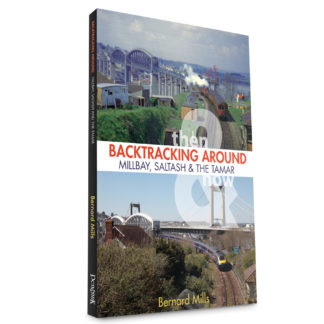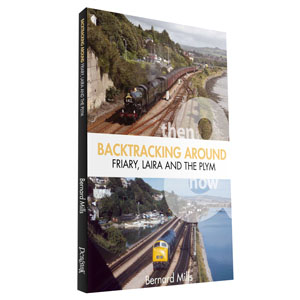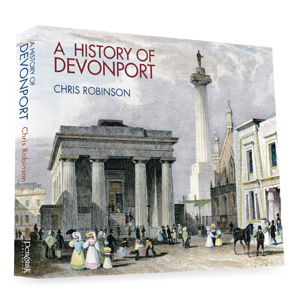Beautifully set on the river Tweed in Berwickshire, in Scotland, is Dryburgh Abbey – or at least the ruins of the once magnificent monastic pile. It was founded in the middle of the twelfth century by the then Constable of Scotland, Hugo de Morville for Premonstratensian canons. It had been standing of the best part of two hundred years when Edward II had the place burned, after which it was partially restored by Robert the Bruce. It suffered again at the hands of an English King, Richard II, in 1385 and in the sixteenth century in consecutive years, 1544 and 1545, it was reduced to ruins, firstly by Bowes and Latoun and then the Earl Of Hertford.
A number of celebrated figures are entombed there, including Sir Walter Scott, his biographer, JG Lockhart and Field Marshall Earl Haig.
The name itself, Dryburgh – comes from Gaelic, “Ddrach-bruach” – bank of oaks and the name was one of a handful of abbey names conferred upon a handful of the post-war developments at Ham.



